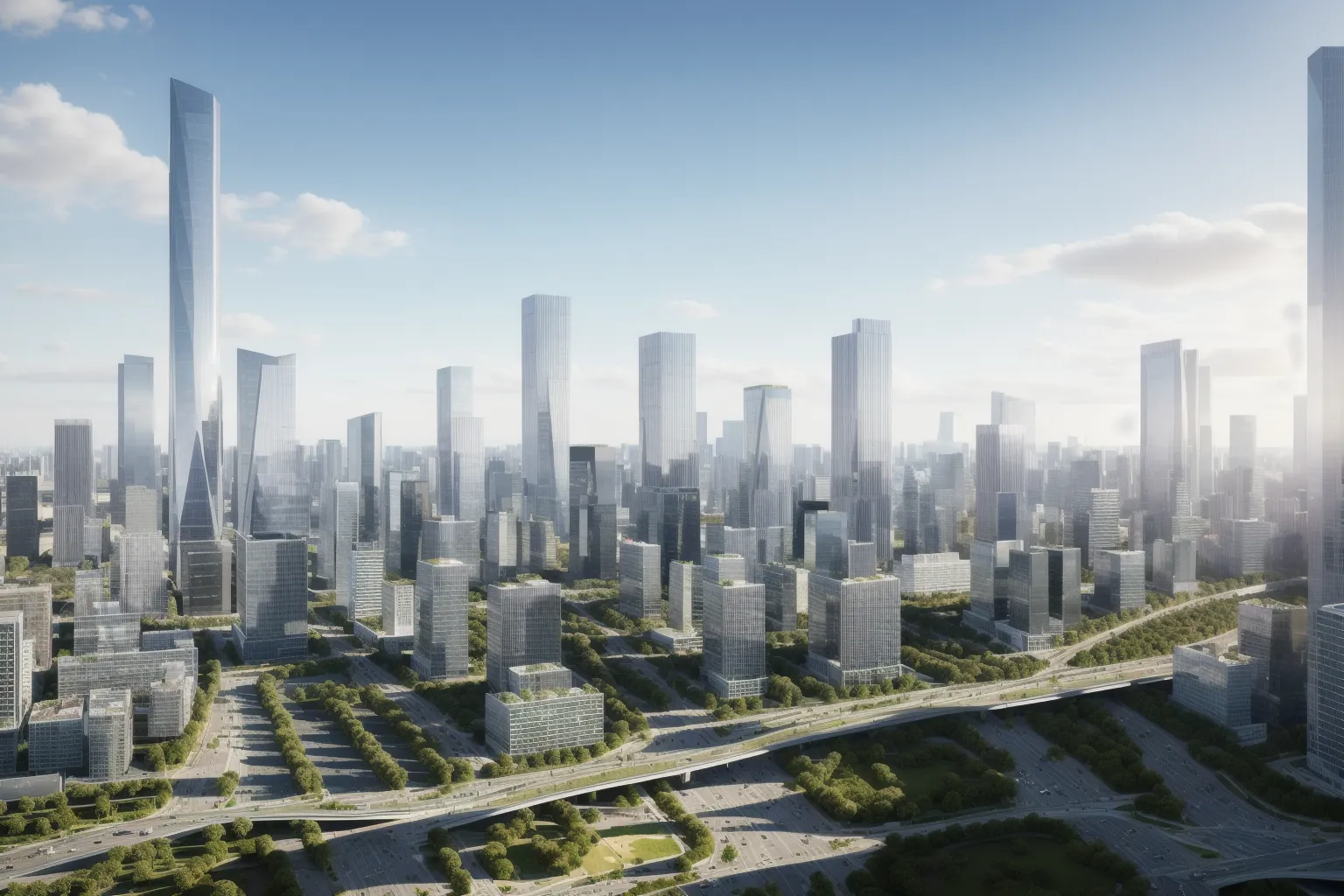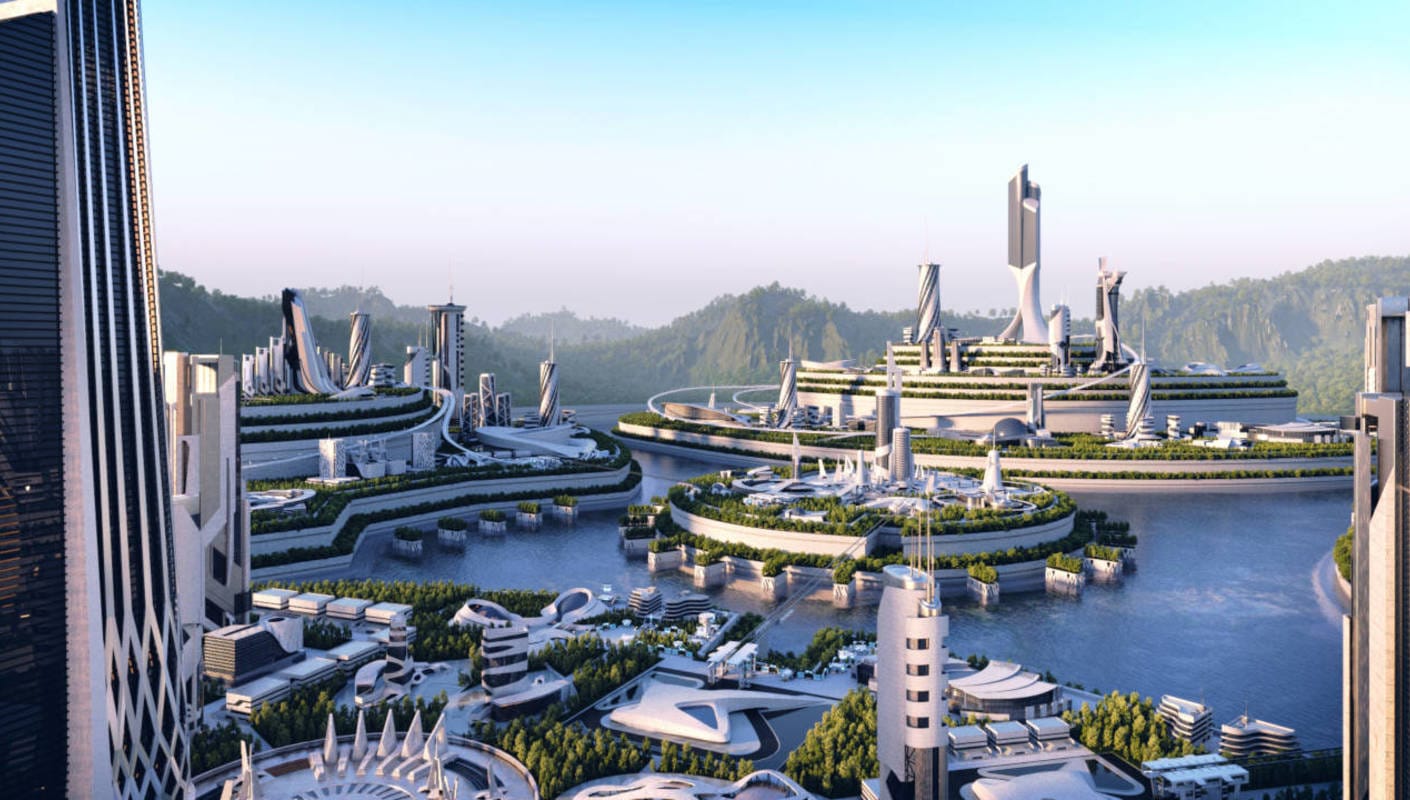
AI for Architectural Visualization: The Future of Design is Now
Artificial intelligence (AI) is rapidly transforming the field of architecture, and architectural visualization is no exception. AI-powered tools and software are already being used to create stunning photorealistic renders, explore design options more efficiently, and communicate design ideas to clients in more immersive and engaging ways.
Benefits of AI for Architectural Visualization
There are many benefits to using AI for architectural visualization, including:
- Increased efficiency and productivity: AI can automate many of the time-consuming tasks involved in creating architectural visualizations, such as material assignment, lighting, and rendering. This frees up architects and designers to focus on more creative and strategic aspects of their work.
- Improved realism and quality: AI-powered rendering engines can produce photorealistic images that are indistinguishable from real photographs. This allows architects and designers to create more accurate and compelling representations of their designs.
- Greater creative freedom: AI tools can help architects and designers to explore new design options and ideas more easily. For example, AI-powered generative design tools can automatically generate hundreds or even thousands of different design variations based on a set of criteria. This allows architects and designers to quickly identify the best design solutions for their projects.
- Improved communication with clients: AI-powered visualization tools can be used to create interactive and immersive experiences that allow clients to explore and experience design ideas in a more realistic way. This can help to improve communication and collaboration between architects, designers, and clients.
Examples of AI-powered architectural visualization tools
There are a number of different AI-powered architectural visualization tools available on the market today. Some popular examples include:
- NovArch: NovArch is a powerful AI-driven visualization app trained for architecture and interior design. It draws upon cloud computing technology and pretrained generative models to offer a unique and special visualization experience.
- Enscape: Enscape is a real-time rendering plugin for Revit and SketchUp that allows architects and designers to create photorealistic renders of their designs in real-time. Enscape also includes a number of AI-powered features, such as automatic material assignment and lighting, as well as a VR mode that allows users to explore their designs in virtual reality.
- Autodesk Dreamcatcher: Autodesk Dreamcatcher is a generative design tool that helps architects and designers to explore new design options and ideas. Dreamcatcher can automatically generate thousands of different design variations based on a set of criteria, such as the site, budget, and program requirements.
- Chaos Vantage: Chaos Vantage is a real-time rendering plugin for 3ds Max and Maya that allows architects and designers to create photorealistic renders of their designs in real-time. Vantage also includes a number of AI-powered features, such as automatic material assignment and lighting, as well as a VR mode that allows users to explore their designs in virtual reality.
AI-powered tools and software
AI is rapidly transforming the field of architectural visualization. AI-powered tools and software are already being used to create stunning photorealistic renders, explore design options more efficiently, and communicate design ideas to clients in more immersive and engaging ways.
As AI technology continues to develop, we can expect to see even more innovative and powerful AI-powered architectural visualization tools emerge. These tools will help architects and designers to create even more realistic and compelling representations of their designs, and to communicate their design ideas to clients in even more effective ways.


The future of AI in architectural visualization
The future of AI in architectural visualization is very bright. AI-powered tools and software are still in their early stages of development, but they have the potential to revolutionize the way that architects and designers create and communicate their designs.
In the future, we can expect to see AI-powered architectural visualization tools that are even more powerful, user-friendly, and affordable. These tools will be able to create photorealistic renders of designs in real-time, generate thousands of different design variations, and even create immersive virtual reality experiences that allow clients to explore and experience designs in a realistic way.
AI is poised to transform the way that we design and build our world. AI-powered architectural visualization tools will play a key role in this transformation by helping architects and designers to create more efficient, sustainable, and livable environments.
